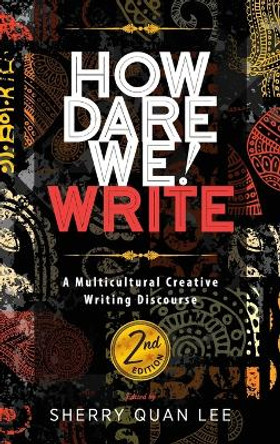Description
This popular handbook presents a step-by-step method for clearly explaining a product, system, or procedure. The easy-to-follow text--packed with examples and illustrations--explains the unique demands of this form of writing and shows how to set up the best user model. The book covers developing a modular outline and storyboard, generating the draft, revising, developing a formal usability test, and supporting and updating user documentation. Also included are a glossary of terms, a listing of books and periodicals for additional information, and an index.
About the Author
Edmond H. Weiss, PhD, is associate professor of communications for the Graduate School of Business Administration, Fordham University, New York, and an independent consultant and lecturer on technical writing, management communication, and documentation. A fellow for the Society of Technical Communication, he is the author of 100 Writing Remedies: Practical Exercises for Technical Writing, The Writing System for Engineers and Scientists, and How to Write Usable User Documentation (originally titled How to Write a Usable User Manual). The latter is among the most frequently cited and discussed works on user documentation.
Reviews
"A readable, thought-provoking volume." - Library Quarterly
"Weiss leads technical writers and documentors through the process of clearly explaining a product, system or procedure." - Sci-Tech Book News
"There may be guidance that pre-dates Weiss' book, but for me this represents the beginnings of user-friendly documentation. Anyone who has struggled through a manufacturer's manuals....needs to know that there is a better way to serve the customer. . . . Effective documentation must factor in motivation. . . . Wiess shows us how. . . . The other problem with conventional documentation, is its internal organization. Instead of self-contained answers, one is forced to leaf from one partial explanation to the next. . . . Weiss gets directly to the point. His answer is modularization. Each section must be short, focused, self-contained, and conceptually autonomous. It must be able to stand on its own, so that if the reader stops right there (wherever that is), he can resume reading without loss at a later point. YES!" - HTML Author
Book Information
ISBN 9780897746397
Author Edmond H. Weiss
Format Paperback
Page Count 280
Imprint Greenwood Press
Publisher Bloomsbury Publishing Plc







